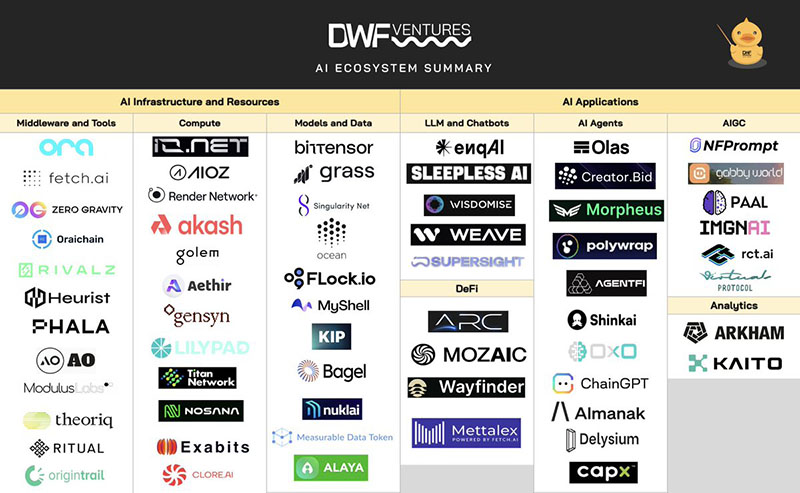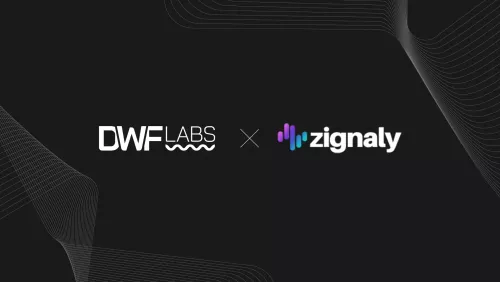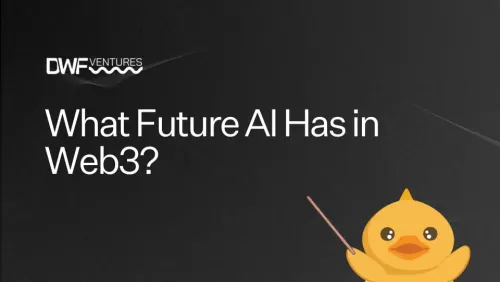With Nvidia's earnings coming in hot yesterday, it is clear that demand for compute is higher than ever. Attention is turning towards AI x Crypto projects, ushering in a new realm of incentivisation for AI.
Here's an overview of the current landscape.
AI x Crypto: Landscape Summary
- Details



